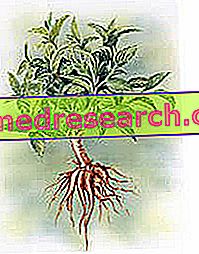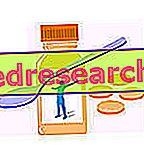Related articles: Diverticulitis
Definition
Diverticula are small protruding sacks that form along the walls of the digestive tract; widespread in the elderly population, they are localized electively in the large intestine. Their presence is called diverticulosis and normally causes no noteworthy symptoms. In some special circumstances, however, one or more diverticula are affected by infectious or inflammatory processes, causing severe abdominal pain, nausea and changes in the alvus; this condition is called diverticulitis.Most common symptoms and signs *
- Acute abdomen
- Intestinal Atony
- Abdominal cramps
- Diarrhea
- Dysentery
- Abdominal distention
- Abdominal pain
- Abdominal pain on palpation
- Pain in the Navel
- Pain in the Stomach Mouth
- haematochezia
- Gastrointestinal hemorrhage
- heartburn
- Temperature
- phlegmon
- Abdominal swelling
- Abdominal gurgling
- Abdominal mass
- Nausea
- Gastrointestinal perforation
- Peritonismo
- rettorragia
- Blood from the anno
- Foam in urine
- Constipation
- Biliary vomiting
Further indications
Fortunately, most people with diverticulosis never develop diverticulitis. When this occurs, however, it does so with severe symptoms, comparable to those of appendicitis, with the difference that the pain generally affects the left lower part of the abdomen (while the inflamed appendix causes pain in the umbilical site and subsequently in the part lower right abdomen). Pain is the most characteristic symptom and in general it appears abruptly in a very intense way, even if sometimes it is initially light and increasing over time, with phases of exacerbation and attenuation. Treatment includes lifestyle improvements (especially food), non-absorbable and / or systemic antibiotics, up to surgery in the most severe cases.



